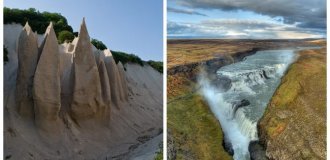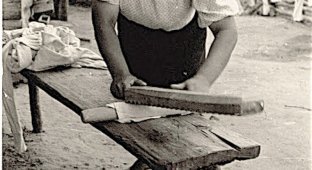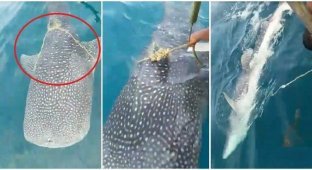What killed this humpback whale? The answer to this question will never be found. But the remains of the majestic sea giant, shrouded in legends, themselves became a legend. 
In October 2000, the body of a dead humpback whale washed up on one of the busiest city beaches in the Brazilian city of Ubatuba. It was as if the elements had given people an unwanted sad gift... The carcass weighing 20 tons and almost 15 meters long began to decompose quickly. And the beach had a chance to become a place of oblivion, not relaxation. 
Local authorities sprang into action. About 50 people from Brazil's civil defense and forest police departments tried to remove the whale's remains, using six tractors, but to no avail. An attempt was then made to use a tugboat provided by Brazilian gas company Petrobras to tow the body away, attaching a series of cables to the carcass. This failed, as the cables connecting the body to the bow of the vessel snapped before the whale could move. At this point, the first complaints about the smell began to come in. 
Having learned from past failures, the Ubatuba authorities decided to dig a giant hole in the sand and simply bury the whale where it lay. 
Eight years later, the team at the Ubatuba Aquarium had an idea. In a joint project with local schools, experts decided to exhume the skeleton of a humpback whale that had lain under the sand since the first failed salvage attempts. Together, professionals and amateurs restored the skeleton. Today, visitors to São Paulo can visit the whale near the Ubatuba Aquarium, where it is displayed prominently and forever floats across the sky, remaining mysterious and inaccessible to land dwellers. 





Add your comment
You might be interested in:






























